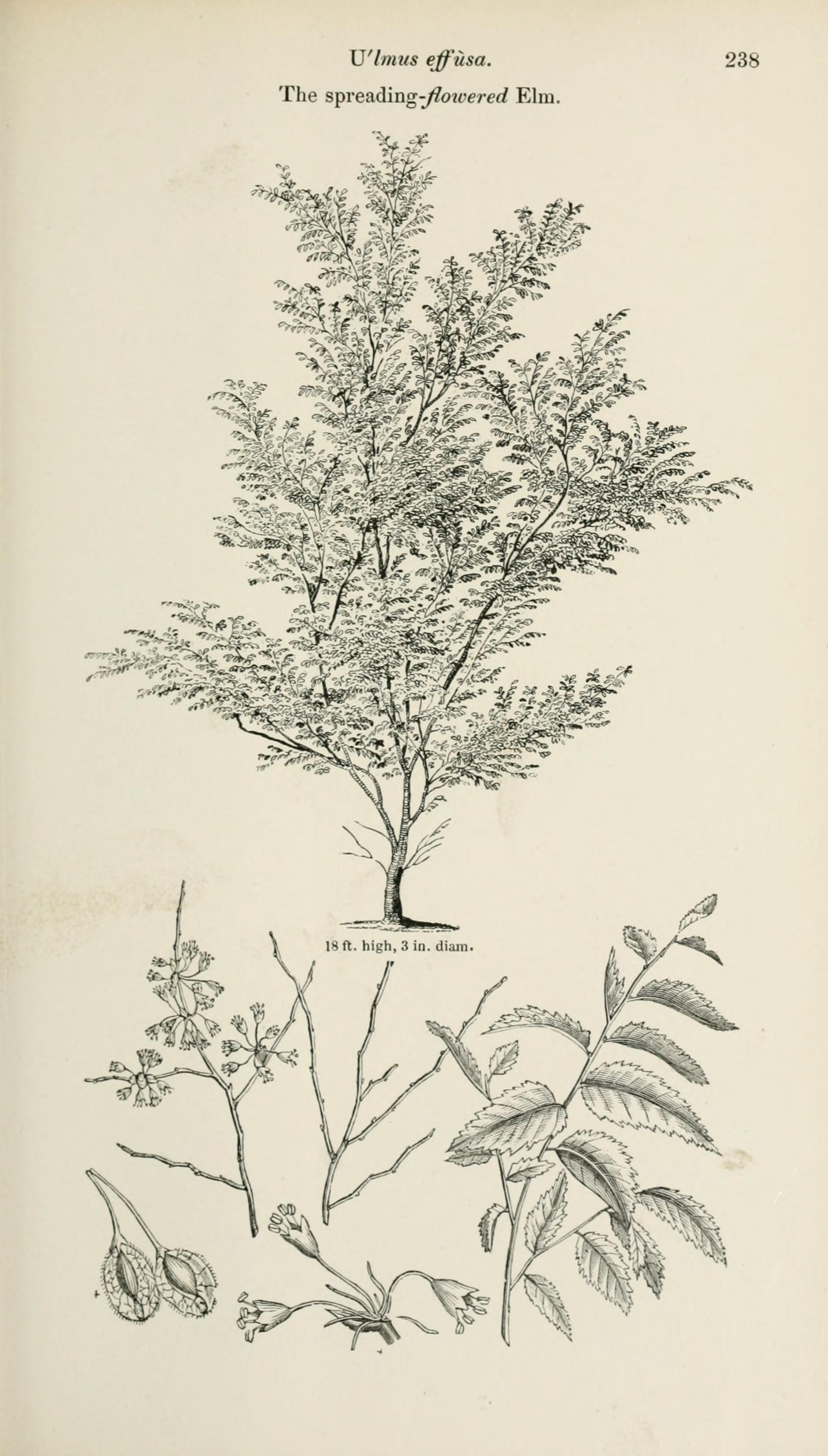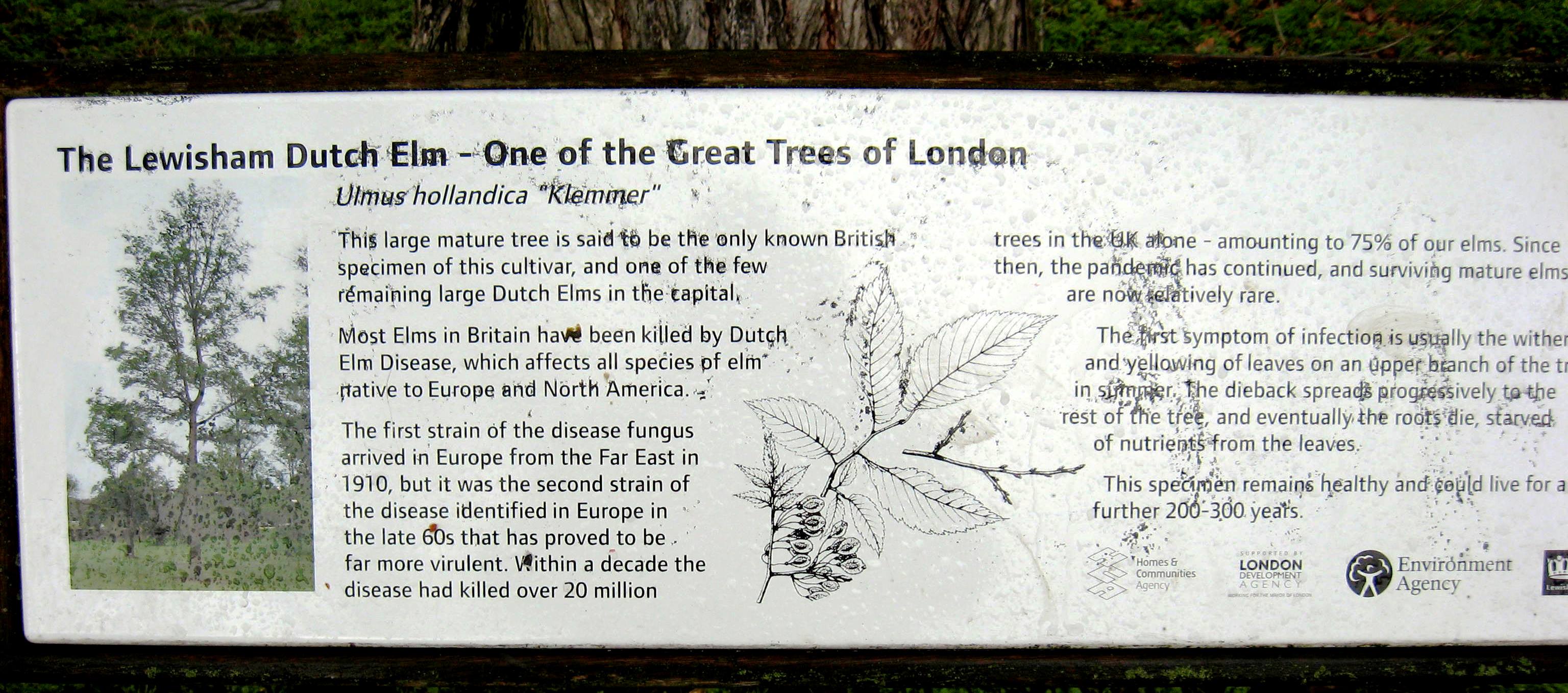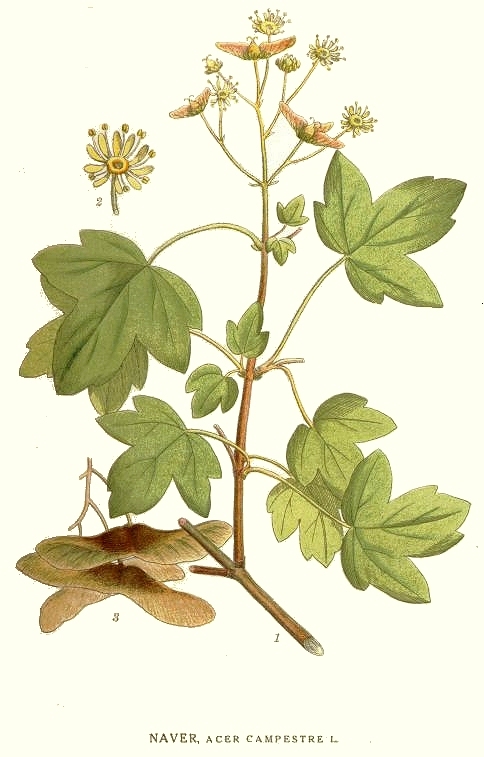|
Ladywell Fields
Ladywell Fields, originally Ladywell Recreation Ground is a public park in the London Borough of Lewisham created from three historic fields. It is located near Ladywell railway station at the northern end of the park, and Catford Bridge at the southern end. History of the park The site is mentioned in the Domesday Book, as meadows in the manor of Lewisham. A medicinal well – ‘our lady’s well’ – said to be named after nearby St Mary the Virgin Church was first recorded in 1472. It was reputed to be effective for curing eye complaints. The well is now underneath the access road to Ladywell station and a further well lies to the west of it. Ladywell began to develop as a suburb of London with the arrival of the railway station in 1857, and in 1889 land between the River Ravensbourne and the station was bought by London County Council and Lewisham District Board of Works. Further parcels of land were bought in 1891 and ’94 and the whole area was laid out as a public a ... [...More Info...] [...Related Items...] OR: [Wikipedia] [Google] [Baidu] |
London
London is the capital and largest city of England and the United Kingdom, with a population of just under 9 million. It stands on the River Thames in south-east England at the head of a estuary down to the North Sea, and has been a major settlement for two millennia. The City of London, its ancient core and financial centre, was founded by the Romans as '' Londinium'' and retains its medieval boundaries.See also: Independent city § National capitals The City of Westminster, to the west of the City of London, has for centuries hosted the national government and parliament. Since the 19th century, the name "London" has also referred to the metropolis around this core, historically split between the counties of Middlesex, Essex, Surrey, Kent, and Hertfordshire, which largely comprises Greater London, governed by the Greater London Authority.The Greater London Authority consists of the Mayor of London and the London Assembly. The London Mayor is distinguished fr ... [...More Info...] [...Related Items...] OR: [Wikipedia] [Google] [Baidu] |
Waterlink Way
Waterlink Way is a cyclepath and walking route in South East London. It extends from South Norwood Country Park (near Elmers End station) to the Cutty Sark ship in Greenwich, a total of eight miles. The Waterlink Way connects a number of parks and green spaces in South East London – including Ladywell Fields and Brookmill Park – while following the Pool and Ravensbourne rivers. The route was designed to be accessible, with a large number of railway stations including Kent House, Lower Sydenham, Ladywell, Lewisham and Greenwich en route. Other routes The Waterlink Way forms part of National Cycle Network ( Route 21 between London and the Sussex coast). In Cator Park, Beckenham the cyclepath links with the Capital Ring and Green Chain Walk The South East London Green Chain, also known as the Green Chain Walk, is a linked system of open spaces between the River Thames and Crystal Palace Park in London, England. In 1977 four London boroughs and the Greater London ... [...More Info...] [...Related Items...] OR: [Wikipedia] [Google] [Baidu] |
Weir
A weir or low head dam is a barrier across the width of a river that alters the flow characteristics of water and usually results in a change in the height of the river level. Weirs are also used to control the flow of water for outlets of lakes, ponds, and reservoirs. There are many weir designs, but commonly water flows freely over the top of the weir crest before cascading down to a lower level. Etymology There is no single definition as to what constitutes a weir and one English dictionary simply defines a weir as a small dam, likely originating from Middle English ''were'', Old English ''wer'', derivative of root of ''werian,'' meaning "to defend, dam". Function Commonly, weirs are used to prevent flooding, measure water discharge, and help render rivers more navigable by boat. In some locations, the terms dam and weir are synonymous, but normally there is a clear distinction made between the structures. Usually, a dam is designed specifically to impound water behind ... [...More Info...] [...Related Items...] OR: [Wikipedia] [Google] [Baidu] |
Water Meadows
A water-meadow (also water meadow or watermeadow) is an area of grassland subject to controlled irrigation to increase agricultural productivity. Water-meadows were mainly used in Europe from the 16th to the early 20th centuries. Working water-meadows have now largely disappeared, but the field patterns and water channels of derelict water-meadows remain common in areas where they were used, such as parts of Northern Italy, Switzerland and England. Derelict water-meadows are often of importance as wetland wildlife habitats. Water-meadows should not be confused with flood-meadows, which are naturally covered in shallow water by seasonal flooding from a river. "Water-meadow" is sometimes used more loosely to mean any level grassland beside a river. Types Two main types of water-meadow were used. Catchwork water-meadow These were used for fields on slopes, and relatively little engineering skill was required to construct them. Water from a stream or spring was fed to the top o ... [...More Info...] [...Related Items...] OR: [Wikipedia] [Google] [Baidu] |
Great Trees Of London
Great Trees of London is a list created by Trees for Cities after the Great Storm of 1987, when the general public were asked to suggest suitable trees. Forty-one were chosen, with a further 20 added in 2008. In 2010, Time Out Guides Limited published a book, 'The Great Trees of London', listing all 61 trees. List of the Trees Original 41 20 added in 2008 See also * List of individual trees *List of Great British Trees References External links {{commons category-inline, Great Trees of London Forests and woodlands of the United Kingdom Trees British British British may refer to: Peoples, culture, and language * British people, nationals or natives of the United Kingdom, British Overseas Territories, and Crown Dependencies. ** Britishness, the British identity and common culture * British English, ... * 1987 in the United Kingdom ... [...More Info...] [...Related Items...] OR: [Wikipedia] [Google] [Baidu] |
Ulmus Laevis
''Ulmus laevis'' Pall., variously known as the European white elm, fluttering elm, spreading elm, stately elm and, in the United States, the Russian elm, is a large deciduous tree native to Europe, from France northeast to southern Finland, east beyond the Urals into Kyrgyzstan and Kazakhstan, and southeast to Bulgaria and the Crimea; there are also disjunct populations in the Caucasus and Spain, the latter now considered a relict population rather than an introduction by man, and possibly the origin of the European population.Fuentes-Utrilla, P., Squirrell, J., Hollingsworth, P. M. & Gil, L. (2006). ''Ulmus laevis (Pallas) in the Iberian Peninsula. An introduced or relict tree species? New data from cpDNA analysis.'' Genetics Society, Ecological Genetics Group conference, University of Wales Aberystwyth 2006. ''U. laevis'' is rare in the UK, although its random distribution, together with the absence of any record of its introduction, has led at least one British authority to consi ... [...More Info...] [...Related Items...] OR: [Wikipedia] [Google] [Baidu] |
Ulmus × Hollandica 'Klemmer'
''Ulmus'' × ''hollandica'' 'Klemmer', or Flanders Elm, is probably one of a number of hybrids arising from the crossing of Wych Elm (''Ulmus glabra'') with a variety of Field Elm (''Ulmus minor''), making it a variety of ''Ulmus × hollandica''. Originating in the Bruges area, it was described by Gillekens in 1891 as ''l'orme champêtre des Flandres'' in a paper which noted its local name, ''klemmer'', and its rapid growth in an 1878–91 trial. Kew,Photograph of 'Klemmer' leaves in Kew in Gerald Wilkinson, ''Epitaph for the Elm'', Hutchinson, London 1978 ( / 0-09-921280-3) Henry (1913), and Krüssmann (1976) listed it as an ''Ulmus'' × ''hollandica'' cultivar, though Henry noted its "similarity in some respects" to field elm ''Ulmus minor'', while Green went as far as to regard it as "possibly ''U. carpinifolia''" (:''minor''). Etymology The name 'Klemmer' derives from the Flemish for 'climber', a reference to the tree's rapid growth and lofty height. ''Klemmeri'', used ... [...More Info...] [...Related Items...] OR: [Wikipedia] [Google] [Baidu] |
Ulmus × Hollandica 'Klemmer'
''Ulmus'' × ''hollandica'' 'Klemmer', or Flanders Elm, is probably one of a number of hybrids arising from the crossing of Wych Elm (''Ulmus glabra'') with a variety of Field Elm (''Ulmus minor''), making it a variety of ''Ulmus × hollandica''. Originating in the Bruges area, it was described by Gillekens in 1891 as ''l'orme champêtre des Flandres'' in a paper which noted its local name, ''klemmer'', and its rapid growth in an 1878–91 trial. Kew,Photograph of 'Klemmer' leaves in Kew in Gerald Wilkinson, ''Epitaph for the Elm'', Hutchinson, London 1978 ( / 0-09-921280-3) Henry (1913), and Krüssmann (1976) listed it as an ''Ulmus'' × ''hollandica'' cultivar, though Henry noted its "similarity in some respects" to field elm ''Ulmus minor'', while Green went as far as to regard it as "possibly ''U. carpinifolia''" (:''minor''). Etymology The name 'Klemmer' derives from the Flemish for 'climber', a reference to the tree's rapid growth and lofty height. ''Klemmeri'', used ... [...More Info...] [...Related Items...] OR: [Wikipedia] [Google] [Baidu] |
Populus Nigra
''Populus nigra'', the black poplar, is a species of cottonwood poplar, the type species of section ''Aigeiros'' of the genus ''Populus'', native to Europe, southwest and central Asia, and northwest Africa.Flora Europaea''Populus nigra''/ref> Description Black poplars are medium- to large-sized deciduous trees, reaching 20–30 m, and rarely 40 m tall. Their leaves are diamond-shaped to triangular, 5–8 cm long and 6–8 cm broad, and green on both surfaces.Rushforth, K. (1999). ''Trees of Britain and Europe''. Collins. . Normally, their trunks achieve up to 1.5 m in diameter, but some unusual individual trees in France have grown old enough to have much larger trunks – more than 3 metres DBH (Diameter at Breast Height). The species is dioecious (male and female flowers are on different plants), with flowers in catkins and pollination achieved by the wind. The black poplar grows in low-lying areas of moist ground. Like most other pioneer species, the t ... [...More Info...] [...Related Items...] OR: [Wikipedia] [Google] [Baidu] |
Acer Campestre
''Acer campestre'', known as the field maple, is a flowering plant species in the family Sapindaceae. It is native to much of continental Europe, Britain, southwest Asia from Turkey to the Caucasus, and north Africa in the Atlas Mountains. It has been widely planted, and is introduced outside its native range in Europe and areas of USA and Western Australia with suitable climate. Description It is a deciduous tree reaching tall, with a trunk up to in diameter, with finely fissured, often somewhat corky bark. The shoots are brown, with dark brown winter buds. The leaves are in opposite pairs, long (including the petiole) and broad, with five blunt, rounded lobes with a smooth margin. Usually monoecious, the flowers are produced in spring at the same time as the leaves open, yellow-green, in erect clusters across, and are insect-pollinated. The fruit is a samara with two winged achenes aligned at 180°, each achene is wide, flat, with a wing. The two varieties, not accept ... [...More Info...] [...Related Items...] OR: [Wikipedia] [Google] [Baidu] |
Sydenham, London
Sydenham () is a district of south-east London, England, which is shared between the London boroughs of London Borough of Lewisham, Lewisham, London Borough of Bromley, Bromley and London Borough of Southwark, Southwark. Prior to the creation of the County of London in 1889, Sydenham was located in Kent, bordering Surrey. Historically, the area was very affluent, with the Crystal Palace being relocated to Sydenham Hill in 1854. Today, Sydenham is a diverse area, with a population of 28,378 (2011 census) and borders Forest Hill, London, Forest Hill, Dulwich, Crystal Palace, London, Crystal Palace, Penge, Beckenham, Catford and Bellingham, London, Bellingham. History Originally known as Shippenham, Sydenham began as a small settlement, a few cottages among the woods, whose inhabitants grazed their animals and collected wood. In the 1640s, springs of water in what is now Sydenham Wells Park, Wells Park were discovered to have medicinal properties, attracting crowds of people to the ... [...More Info...] [...Related Items...] OR: [Wikipedia] [Google] [Baidu] |
Deptford
Deptford is an area on the south bank of the River Thames in southeast London, within the London Borough of Lewisham. It is named after a ford of the River Ravensbourne. From the mid 16th century to the late 19th it was home to Deptford Dockyard, the first of the Royal Dockyards. This was a major shipbuilding dock and attracted Peter the Great to come and study shipbuilding. Deptford and the docks are associated with the knighting of Sir Francis Drake by Queen Elizabeth I aboard the ''Golden Hind'', the legend of Sir Walter Raleigh laying down his cape for Elizabeth, Captain James Cook's third voyage aboard HMS ''Resolution'', and the mysterious apparent murder of Christopher Marlowe in a house along Deptford Strand. Though Deptford began as two small communities, one at the ford, and the other a fishing village on the Thames, Deptford's history and population has been mainly associated with the docks established by Henry VIII. The two communities grew together and flouri ... [...More Info...] [...Related Items...] OR: [Wikipedia] [Google] [Baidu] |



.jpg)




